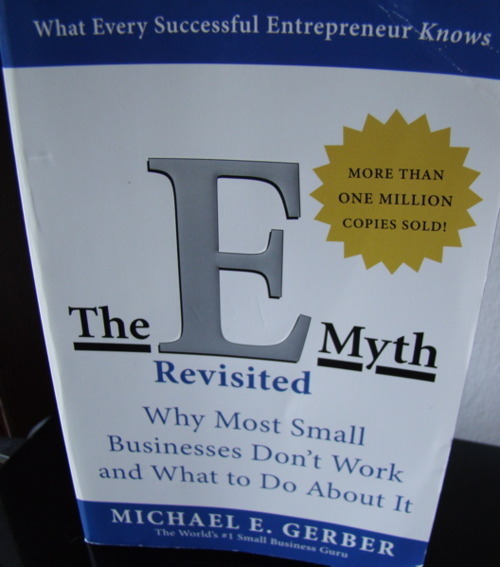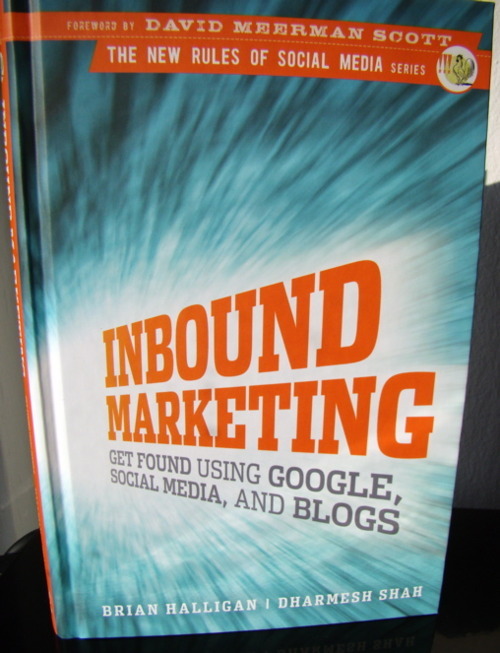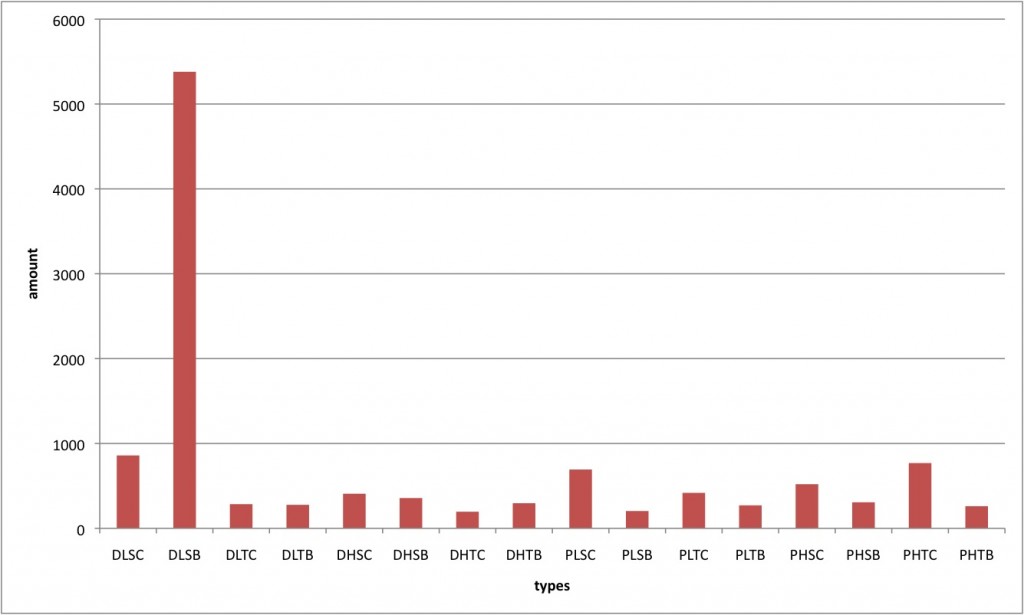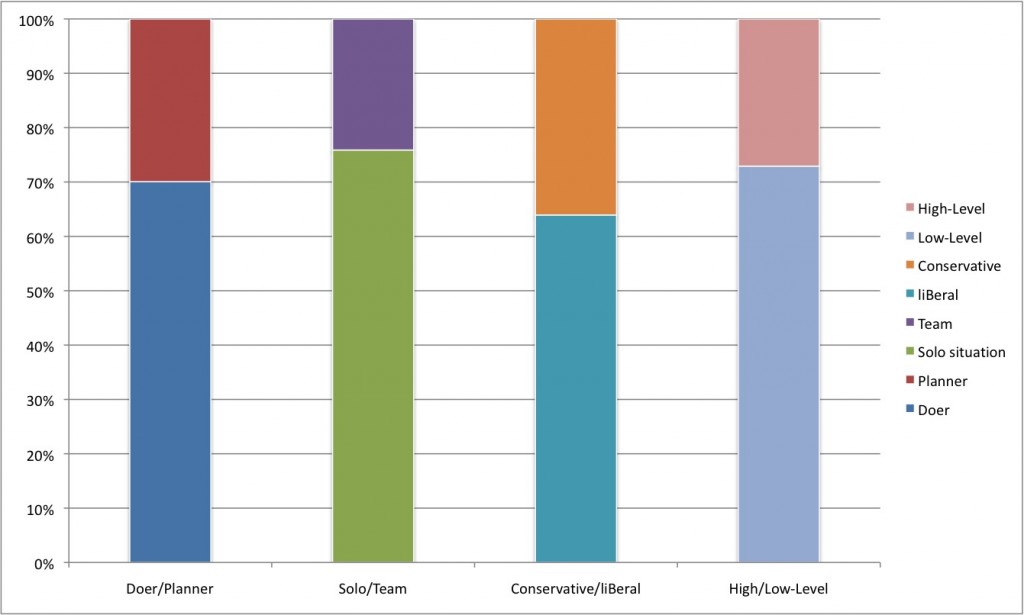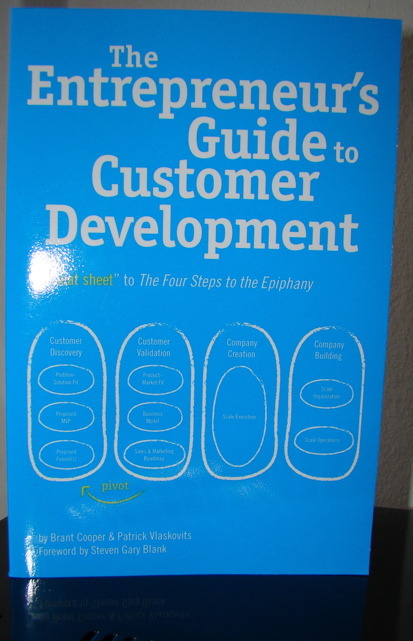
What is it about?
Build a product and they will come? Sorry, probably not. Today, you have to work with your prospective customers from day one. Brant Cooper and Patrick Vlaskovits talk about the Customer Discovery, i.e. finding problems to be solved and building your MVP (Minimal Viable Product).
What can I learn?
Solve needs: You probably don’t have a billion dollars to create demand for your product. So the best thing to do is solve a real need. Why? You don’t have to educate your prospects about the problem you’re solving and they will more likely give you money for your solution.
Get out the building: But what are these real problems? The best way is to talk to your prospects. You can meet them face-to-face, phone them or even write an email. You have the role of an interviewer. Let your prospects/customers do the talking. Often they appreciate that they can talk with you about their business problems.
Test your market: Now that you have identified some problems, you should start building your MVP, i.e. something that will you bring to your next step. Your first MVP is probably a landing page to check if there is enough demand for your solution. Later you could print some mock-ups or build a product that will solve the most important problem you have encountered. This will allow to tweak your product without spending too much time and money.
Conclusion
The Entrepreneur’s Guide to Customer Development is OK. The title is a bit misleading because it’s only about Customer Discovery and I found it a bit too short. However, I think the next book I will review is much more appropriate if you haven’t read The Four Steps to Epiphany before.

